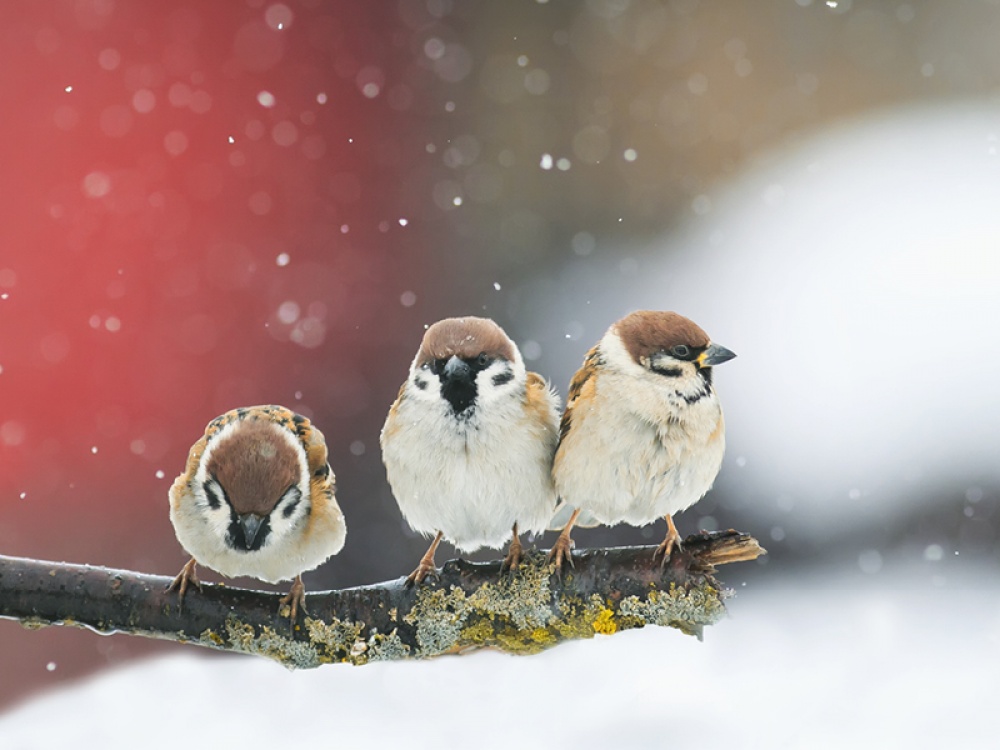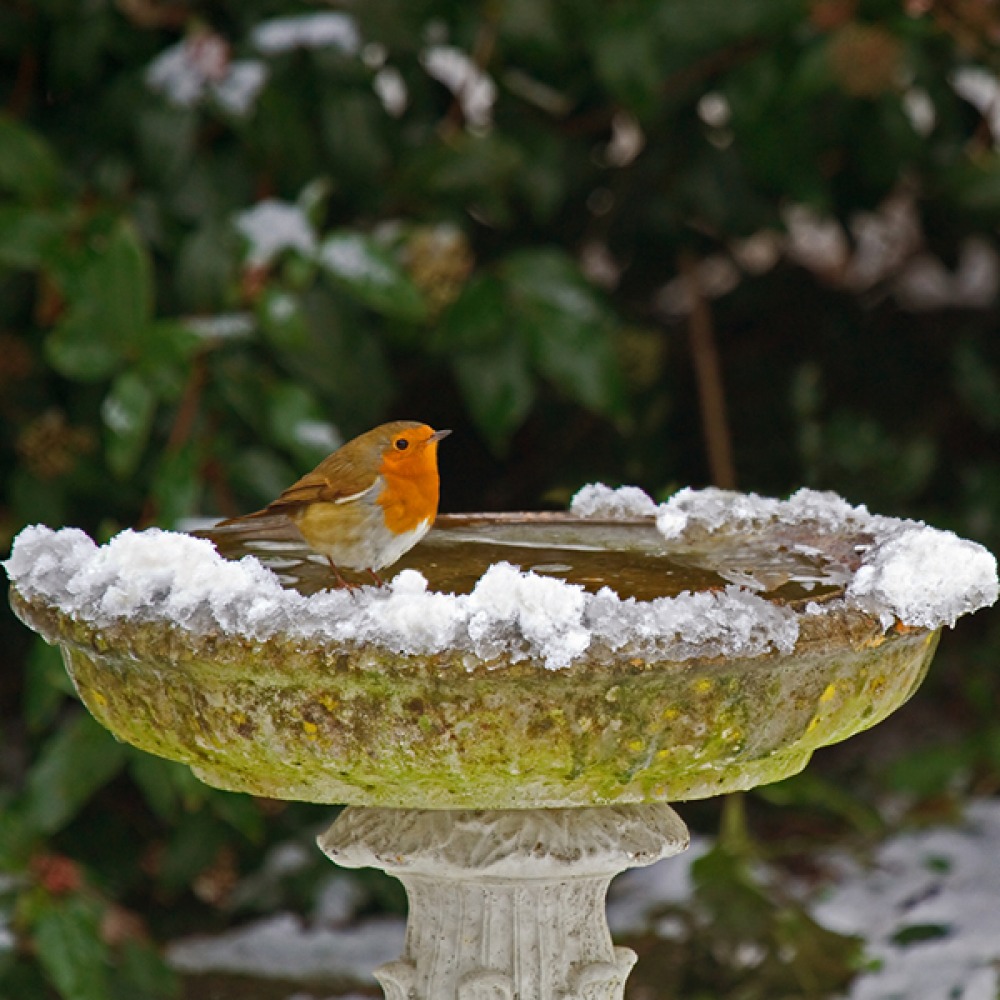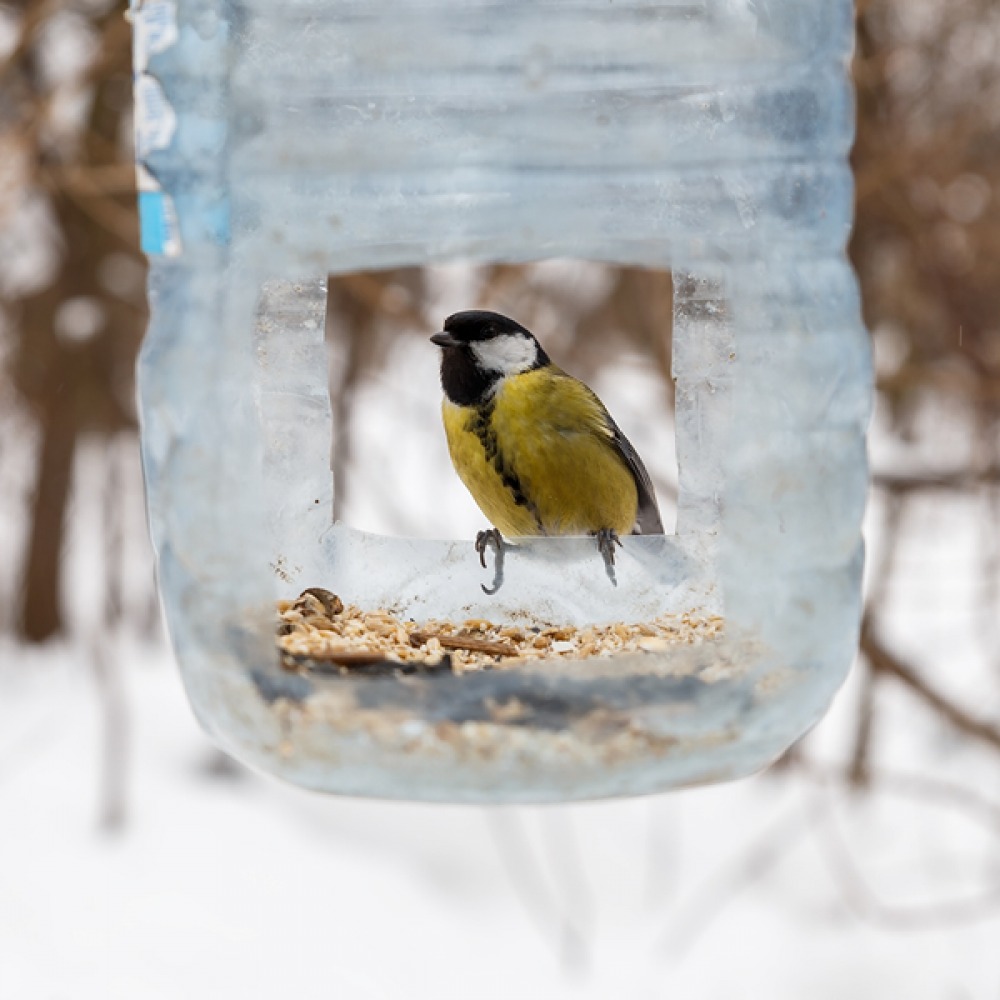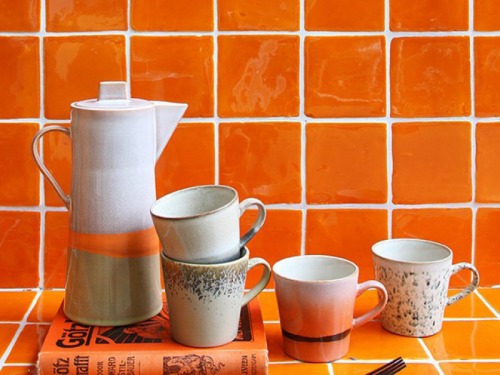How to Feed the Birds

We are all told to feed the birds, especially in harsh weather. But there are many do’s and don’ts to successfully attracting and feeding wildlife in your garden and unfortunately a lack of real knowledge can be a dangerous thing

Did you know peanuts can be poisonous to birds? Peanuts are not actually nuts but legumes, a member of the bean family. Some peanuts can contain high levels of a natural toxin which can be harmful to birds, so always buy your supply from a specialist bird food supplier. Don’t feed them your leftover nibbles – salted, flavoured or roasted nuts have a very high salt content and can make birds very ill. Try adding crushed peanuts to a suet fat cake to provide a nutritional treat for birds during the colder winter months, or try smooth and crunchy peanut butter (without any additives). Try smearing some on a tree trunk, mixing into suet cakes or spreading on slices of fruit, pine cones or pieces of toast to make some hanging bird feeders. One important piece of advice however, is to never let the peanuts go mouldy. Mouldy peanuts can be poisonous to garden birds and can cause serious respiratory infections and even death.
There are many different mixes for feeders and for bird tables available from supermarkets and garden centres. Look for a good mixture containing plenty of flaked maize, sunflower seeds, and peanut granules. Small seeds, such as millet, attract house sparrows, dunnocks, finches, reed buntings and collared doves, while flaked maize is taken readily by blackbirds. Tits and greenfinches favour peanuts and sunflower seeds. Mixes that contain chunks or whole nuts are suitable for winter feeding only (large nuts or similar may choke small fledgling birds). Pinhead oatmeal is excellent for many birds, whilst wheat and barley grains are often included in seed mixtures but are really only suitable for pigeons, doves and pheasants, which feed on the ground. Avoid seed mixtures that have split peas, beans, dried rice or lentils as again only the large species can eat them dry (these are added to some cheaper seed mixes to bulk them up) and watch out for mouldy seed. Bird seed will go off if not stored carefully – if it has started to sprout, chuck it out.
When it comes to feeding the birds your leftovers there are plenty of rules to follow. Fruit cake for example is full of fat and fruits are perfect winter feed. Left over lard from cooking (as long as no salt or meat juice has been added) is a good source of saturated fats – as is hard cheese (be sure to crumble it first). Mild, grated cheese is popular with robins and wrens. Although birds can eat cheese, milk is a no-no, and although you may remember seeing blue tits pecking at the foil tops on milk bottles (in the dim and distant past) you should never give birds milk as it can cause serious digestive problems. The blue tits were in fact after the fat-rich cream on the top of the bottles but birds can’t actually process milk.

Fat balls are a favourite for many garden birds but do remember to remove the netting. before hanging – the soft mesh can trap and injure small birds. Make your own bird fat balls or cake by pouring melted fat (suet or lard) onto a mixture of ingredients such as seeds, nuts, dried fruit, oatmeal, cheese and cake, using about one-third fat to two-thirds mixture. Stir well and allow it to set in a container of your choice. An empty coconut shell, plastic cup or tit bell makes an ideal impromptu bird feeder.
Avoid feeding too much bread as it tends to expand in a bird’s stomach, and sadly provides very few nutrients. Birds are not very partial to leftover vegetables or meat either, which will rot quickly and can attract vermin, so are best avoided. Other foodstuffs to avoid include desiccated coconut, which will swell when digested and dog biscuits, which are too hard to digest but may attract larger vermin. Dog or cat food is okay but only put out in small quantities and be aware that it may encourage larger birds such as magpies, seagulls and pigeons to your garden. Uncooked porridge oats are fine but cooked oats are too glutinous and may harden and coagulate around a bird’s beak, making it hard for them to eat.
If you don’t store seed correctly it can rot and develop mould or mildew. Bird food that is stored well is also easier to handle – making refilling your feeders a simple task. Store bird food in suitable containers, or alternatively in heavy-duty plastic bags. They need to be watertight to minimise the risk of mould and mildew, and the food should be stored in a cool, dry place such as a garage or shed. Make sure that metal containers are galvanised so they don’t rust and that any containers you use are resistant to rodent damage. Bird food is not only attractive to the birds in your garden, but is also enjoyed by insects, rodents and other pests.
If possible, place all feeders and bird tables no more than two metres from a shrub, fence or tree so the birds have somewhere to escape to if threatened by predators, and make sure you clean both your bird table and bird feeders regularly to ensure food particles and droppings do not build up. In the wild, birds do not feed regularly in the same place so it is important to keep feeders as clean as possible to avoid any contamination, and to move them regularly to prevent droppings building up in any one area.
The same goes for your bird bath. Birds need water (and don’t mind if it’s cold) for drinking and bathing, and most birds need to drink at least twice a day to replace lost water. They can drink from droplets on leaves and from pools or puddles, but fresh water is best (and easier) and in freezing conditions, bird baths and garden ponds become even more important since many natural sources of water are frozen over. Water to bathe in is essential to keep their feathers in good condition. Dampening the feathers loosens the dirt and makes their feathers easier to preen. During preening, birds carefully rearrange the feathers and spread oil from the preen gland so they remain] waterproof and trap an insulating layer of air underneath to keep them warm. When you do clean out the bird bath make sure you rinse any detergent really well as this can adversely affect the waterproofing on bird’s feathers. When it’s really cold check the water hasn’t frozen over, but it goes without saying do not add antifreeze (it has been known) or any other type of chemical to stop it freezing.
So, you see, there’s a lot more to keeping your feathered friends happy than just sharing a few bread crumbs. Follow these simple guidelines and help the wildlife in your garden weather the winter safely.







